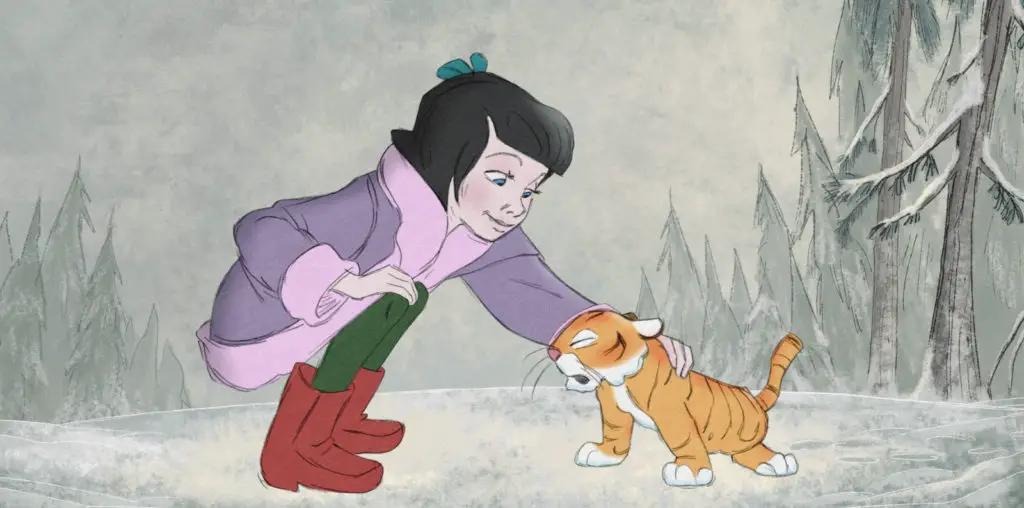
As they say, looks can be deceiving. On the outside, young Stephen Glass (Hayden Christensen) looks like he’d be an ambitious, trustworthy, assiduous youthful journalist. What others don’t see is that within, he’s merely a fraught young man who’ll do anything – as long as it doesn’t make him look bad on face-value – to get where he wants.
Glass went from minor-league Washington magazine contributor to feature writer in a range of magazines, notably The New Republic, the official magazine of ‘Air Force One’. Thanks to some groundbreaking, exclusive feature stories, by the mid 90s, the twenty-something writer was one of the world’s most influential penners, winning acclamation every which way he scribed.
When an online technology website starts to find inaccuracies in one of Glass’s stories about an internet whiz kid who got snapped up by an exalted corporation, they hit the editor of ‘The New Republic’ Magazine with a circumlocutory claim that their star writer might have fluffed the whole article. Is it the first?
Besides an indiscernible book of Journalistic code of ethics, writers don’t really have a guideline to turn to when they start to question whether how they’re running is right. From here on in, Billy Ray’s “Shattered Glass” might serve as such a guide – even if only a “Do Not” guide to journalism. Glass was obviously determined to get ahead in the field with lying from the get-go and as tempting as it might’ve been – and as attractive as it might even look early on in the movie – ultimately it doesn’t pay off. To anyone else, “Shattered Glass” is merely going to be an intriguing portrait of one unremitting pretender who rose to the top and then got caught.
Like a shapely jumper that’s got early signs of a loose thread, director Bill Ray lets the audience explore the real side of Glass as his co-workers do, unraveling the truth periodically. Ultimately, we too have been seduced by the mysterious but plausible writer, and feel as betrayed as his editor and cohorts had by film’s end.
Hayden Christensen, best known as Anakin Skywalker in the “Star Wars” prequel films is astonishingly very good in his portrayal as the bookish wanna-be, Glass, combining a performance of vulnerability, likeability and vital sneakiness. If anything, it proves Lucas demands the most wooden performances possible from his “Star Wars” cast – because Christensen seems to be determined to act here. And he wins us over almost immediately. Equally as impressive is Peter Sarsgaard (“Boys Don’t Cry”) giving a multi-layered performance as the less-than-popular New Republic editor who – despite appearance- might be the better man of the tale – ultimately ridding his place of work from the rat that eats away at its pages, thinning status issue after issue. And in a smaller, but no less important role, the always underrated Hank Azaria (“The Simpsons”) gives one of the straightest, most compassionate and likeable turns of his career as the highly ethical former editor of New Republic, who always remains a constant thought in Glass and his colleagues’ minds.
Whilst not an A grade psychological profile by any means, Ray has still crafted a meticulously enjoyable film. It’s as gripping as it is disturbing, and as well performed as it is mysterious. One for every writer to see, and a lesson for every budding one to learn. One of the year’s best.
